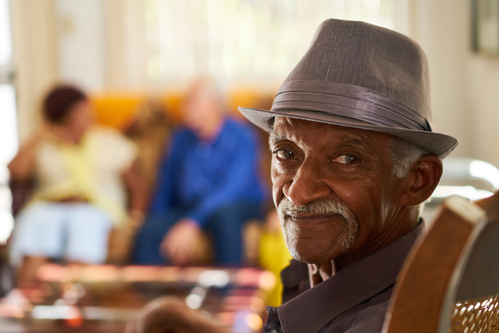
The 21st century is marked by an extraordinary milestone in human development: the remarkable extension of the human lifespan. This advancement is not without its trade-offs, however, as it presents significant challenges to the fabric of our society.

At the heart of this issue is a stark reality; in little over a decade, there will be more Americans over the age of 65 than under the age of 18. This shift, as outlined in the book “The Measure of Our Age: Navigating Care, Safety, Money, and Meaning Later in Life,” signals an impending “Silver Tsunami”—a surge in the aging population that is set to reshape our national landscape.

The author of the book, a MacArthur Fellowship recipient and the founding head of the DOJ’s Elder Justice Initiative, offers a mix of stark statistics and practical guidance in addressing what could easily be described as a looming crisis.

The rapidly growing segment of the population, those 85 and older, are nearly tripling in numbers, requiring financial assistance, and grappling with disabilities. This demographic revolution reveals the underbelly of the American Dream—our aspiration for longevity hasn’t been matched with adequate preparation for our twilight years. “By 2030, one in five Americans is going to be 65 and older. That’s an astonishing shift,” notes the author.

This graying nation brings to the fore the inadequacy of our healthcare and support systems. It casts a spotlight on the approximately 41.8 million Americans who provide unpaid care to an older relative, often at the expense of their emotional, physical, and financial health.

With a healthcare system that leaves many to fend for themselves, particularly in the realm of long-term care—a reality that Medicare and most private health insurance plans don’t cover—the burden falls heavily on families and individuals.

The caregiving crisis is exacerbated by cultural ageism. This is reflected not only in social neglect but also in the personal health of those with ageist views; studies suggest they live seven and a half years fewer than their counterparts with positive views of aging. The author urges society to confront its biases and reshape its narrative on aging: “If we can’t face it, we can’t do anything about it.”

Parallel to these cultural hurdles, the Mayo Clinic provides concrete steps to mitigate the physical changes wrought by aging, promoting good health across various bodily systems. From cardiovascular health to bone density, cognitive function to urinary tract health, the clinic’s guidelines offer a blueprint for aging with vitality.

Coupled with the author’s call for systemic change, these steps foster an environment where aging can be an experience defined by wellness and dignity.

Our response to the aging crisis must be multi-faceted. It should include cultivating a culture that rejects ageism, developing robust support systems for caregivers, and creating policies and services that meet the needs of an aging population.

The book serves as a declaration of interdependence, a reminder that true independence is a collective illusion that harms us, and that community, purpose, and connection are the threads that bind the tapestry of a life well-lived.

Looking ahead, there is room for hope. The author reflects on the potential for old age to be a period of exploration, creativity, and play. This perspective invites us to reimagine aging not as a period of decline but as a stage rich with opportunity and growth.

As we move forward, the dialogue around aging must evolve, not just in whispered family discussions but also at the forefront of public discourse, shaping policies and mindsets.

The intersection of personal choices, community support, and policy reform offers a beacon of light. By viewing aging through a lens of possibility rather than limitation, we can ensure that the extra years of life granted to us become a source of collective strength and wisdom.

As we navigate this brave new world of longevity, let us do so with foresight, compassion, and a commitment to the wellbeing of every generation.
